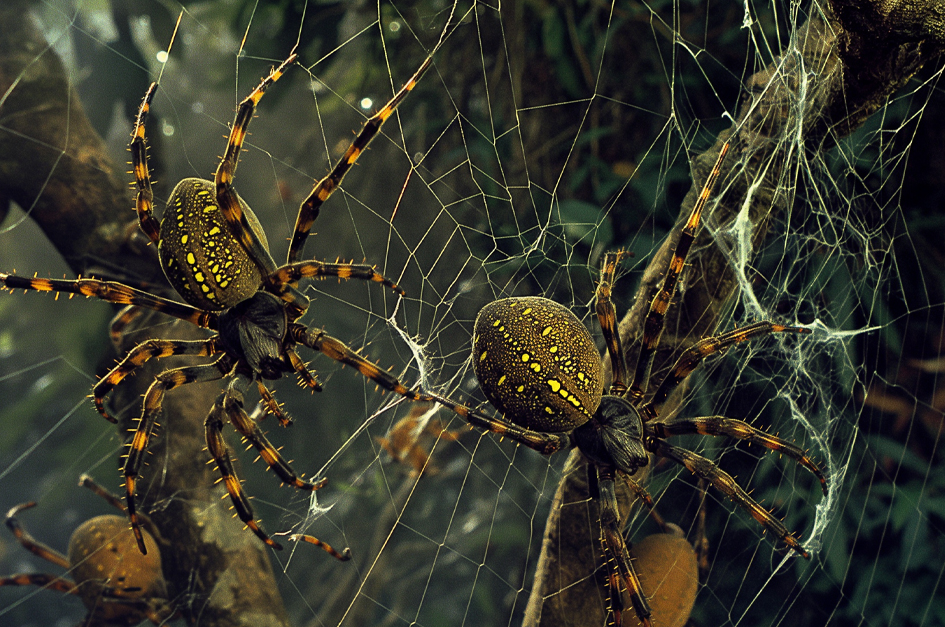What's New At Evans Pest Control
Learn more about Evans Pest Control capabilities
Invasion of the Joro Spiders
Giant Arachnids Creeping Across the Southeastern United States
In the sprawling suburbs of the southeastern United States, a creeping invasion is underway. It's not an army or a foreign power, but rather an army of eight-legged invaders: the Joro spiders. These massive arachnids, native to East Asia, have found a new home in the Southern United States, and their presence is causing a scary problem among residents and scientists alike.
The Joro spider, scientifically known as Trichonephila clavata, is a formidable creature by any measure. With bodies spanning up to four inches in length and legs stretching out to nearly five inches more, these spiders command attention wherever they go. Their abdomens are adorned with striking yellow and black markings, while their webs, spun between trees and bushes, can measure several feet across.
What sets the Joro spider apart from its native American counterparts is not just its size, but also its behavior. Unlike many other spider species, Joros are not solitary creatures. Instead, they exhibit a social behavior, forming colonies comprised of hundreds, even thousands, of individuals. These colonies can establish themselves in a matter of weeks, quickly blanketing an area with their webs and intimidating even the bravest of onlookers.
The rapid spread of Joro spiders throughout the Southeast is a cause for concern on several fronts. Firstly, their voracious appetite for insects can disrupt local ecosystems, potentially impacting native species and agricultural crops alike. Secondly, their size and abundance pose a direct threat to humans, with reports of individuals stumbling upon webs the size of small rooms and encountering spiders the size of dinner plates.
But perhaps the most unsettling aspect of the Joro invasion is the danger they pose to unsuspecting humans. While their venom is not particularly potent, their sheer size means that their bites can be painful and, in some cases, result in allergic reactions. Furthermore, the presence of these giant spiders in and around homes can provoke fear and anxiety among residents, leading to potential conflicts and even pest control measures.
Despite these concerns, scientists are urging caution against overreacting to the presence of Joro spiders. While their size and abundance may be intimidating, they are ultimately just another species trying to carve out a niche in their new environment. Efforts are underway to better understand their behavior and ecology, with researchers hoping to find ways to mitigate any negative impacts they may have.
In the meantime, residents of the Southeast are advised to exercise caution when encountering Joro spiders and to report any sightings to local authorities or wildlife agencies. With their massive size and rapid spread, these arachnids are unlikely to go unnoticed for long, and understanding their behavior is key to managing their presence in the region.
As the sun sets over the suburbs of the Southeast, the Joro spiders emerge from their hiding places, casting their formidable silhouettes against the fading light. For now, they may be seen as invaders, but in time, they may simply become another part of the tapestry of life in the American South. Until then, the giant arachnids of the Southeast will continue to fascinate, terrify, and captivate all who encounter them.
Get a Free Phone Consultation
Having a bug problem? Talk to a professional right now!
Yes, We Can Help
Drop us a message and we will help you today!

